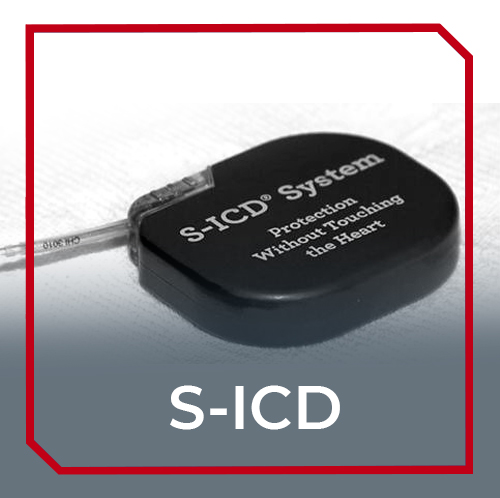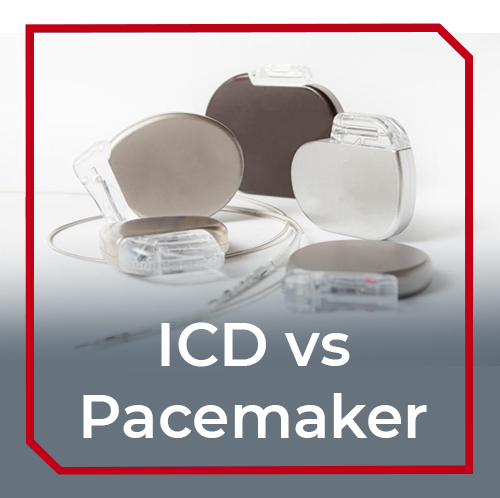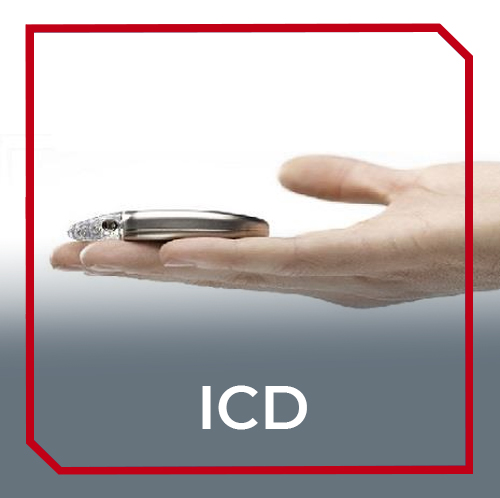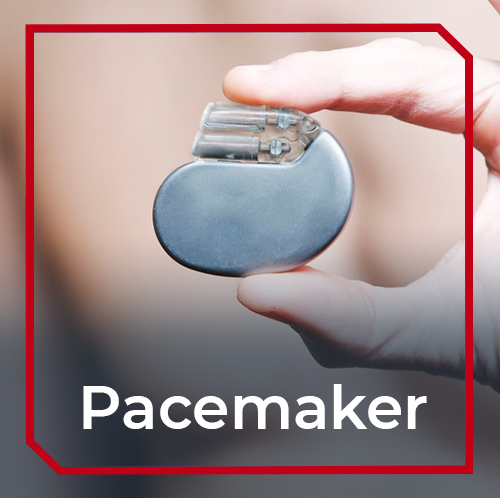What is an S-ICD?
What is an S-ICD?
An S-ICD (subcutaneous implantable cardioverter defibrillator) is a small device that is implanted underneath the skin to help keep track of- and control your heartbeat. The difference with a standard ICD is that an S-ICD does not have the standard pacemaker function. It is implanted on the side of the chest on top of your ribs rather than under your collarbone. Besides that, the wires are under the skin instead of through the veins. This will keep your blood vessels and heart untouched and intact. Since the wires aren’t connected directly to the heart the electric pulse from an S-ICD does have to be quite a bit stronger. Because of this the box and battery of an the device are slightly bigger than those of a traditional ICD.
When will you receive an S-ICD?
- When you have a high risk of cardiac arrest.
Read more:
Vital Beat offers special comfort and protection wear for you and your device. You can read more about these products by clicking the button below.





